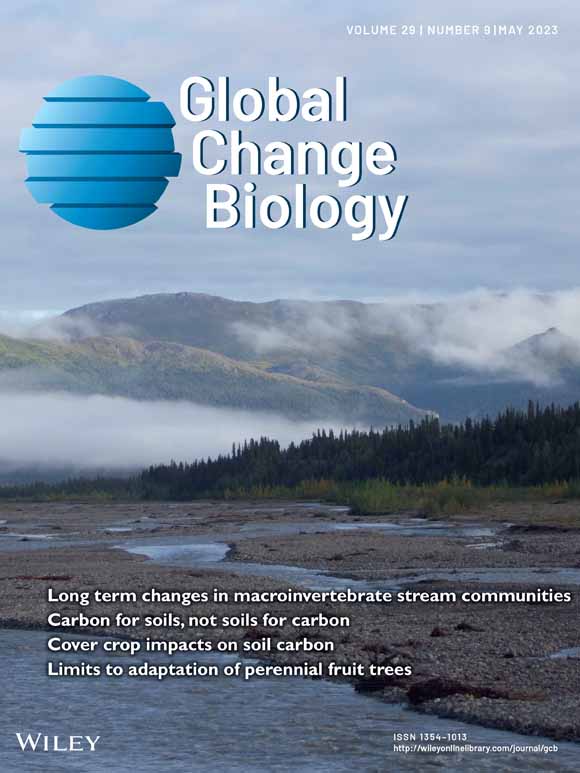(Dept. 3) Plankton and Microbial Ecology
Research in the Department of Plankton and Microbial Ecology on the shores of Lake Stechlin centres on impacts of global environmental change on inland waters. Consequences on the biodiversity and functioning of plankton communities in lakes receive particular attention. This includes investigations into the dynamics, activities and interactions of bacteria, phytoplankton, zooplankton and fungi. Field experiments, especially in a large outdoor facility dubbed the LakeLab in Lake Stechlin, are a hallmark of research in the department. Other essential elements are the analysis of long-term data, laboratory experiments and the development of ecological models and new methods to analyse plankton communities. We use the knowledge gained in theses studies to devise concepts and methods that foster the protection and sustainable management of inland waters in the face of ongoing environmental change.
Research groups
Department members
Selected publications
Addressing grand ecological challenges in aquatic ecosystems: how can mesocosms be used to advance solutions?
Marine and freshwater researchers using mesocosms synthesise their recommendations on opportunities and limitations for advancing solutions to grand ecological challenges in aquatic ecosystems. They focus on the unexplored potential for using mesocosms to test solutions to human impacts on aquatic ecosystems. This will need novel collaborations between ecologists and technological developers.
Secchi Depth Retrieval in Oligotrophic to Eutrophic Chilean Lakes Using Open Access Satellite-Derived Products
In this study, the use of open access satellite data for estimating Secchi disk depths in 3 lakes in Chile was investigated. In the oligotrophic Lake Panguipulli, no relationship was observed between estimated and measured Secchi disk depths. This highlight the need for methodological advances in the processing of satellite-derived water quality products,s, especially for very clear waters.

Rapid Eutrophication of a Clearwater Lake: Trends and Potential Causes Inferred From Phosphorus Mass Balance Analyses
In just 10 years, the phosphorus concentration in Lake Stechlin has quadrupled, which has been accompanied by algal blooms, oxygen depletion in the deep water and other signs of eutrophication. The study now shows that the causes are not always to be found in increasing nutrient inputs from the catchment or in re-dissolution processes in the deep areas of the lake, but also in the shallower parts.
Tapping into fungal potential: Biodegradation of plastic and rubber by potent Fungi
The presence of plastics in our environment is an increasing burden on nature and our health. The authors have now identified fungi isolated from freshwater ecosystems that can efficiently degrade plastic polymers made of polyurethane, polyethylene and tyre rubber. Contrary to previous assumptions, no pre-treatment of the plastics was necessary.
Unleashing the power of remote sensing data in aquatic research: Guidelines for optimal utilization
The study aimed to elucidate the tradeoffs for the utilization of remote sensing data in limnological studies with an example based on the estimation of chlorophyll a due to its importance as a water quality indicator. Assessing atmospheric correction and product limitations ensures alignment with the limnological study.











